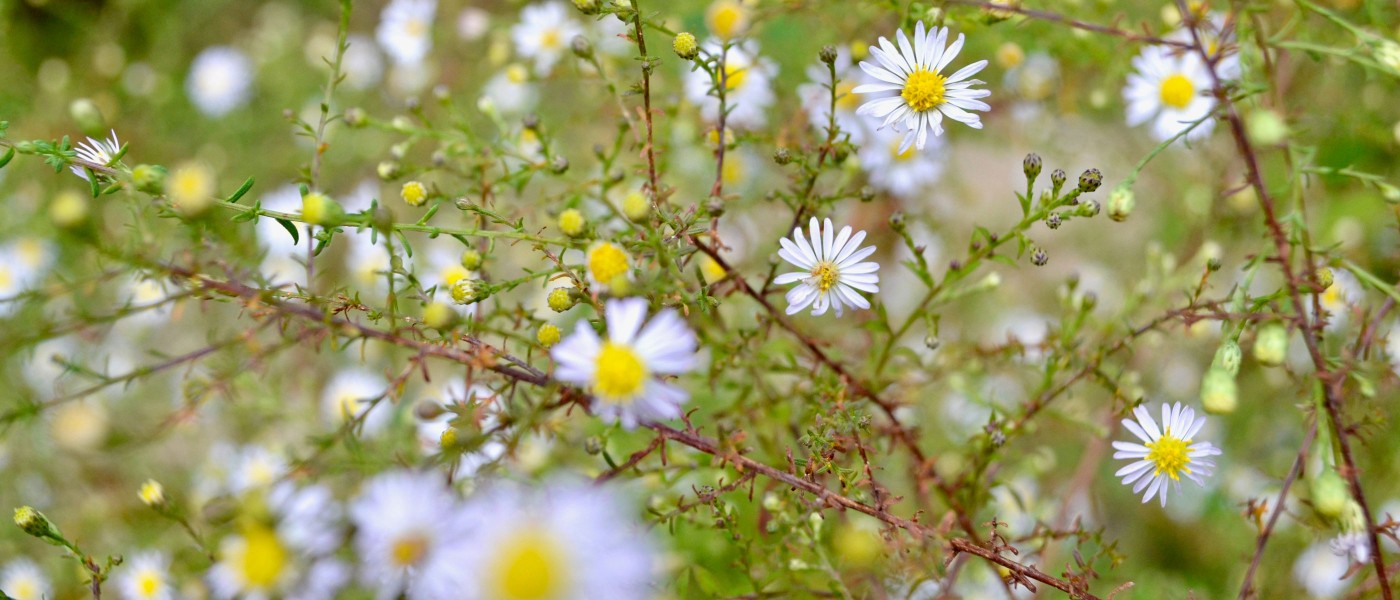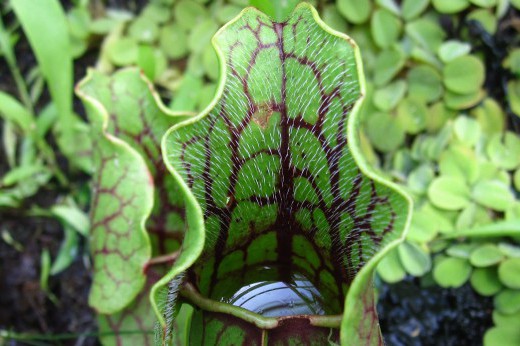Topics
Special Series
-
Herbarium Course at BBG
Students from across the US and Canada will learn how to properly curate and conserve a scientific collection of preserved plants, like the collection of over 320,000 specimens in the Garden’s herbarium.
By Kerry Barringer -
Food for Thought
What’s red and green, eats bugs, and lives at BBG? The carnivorous plant display that curator Cayleb Long has recently placed on Lily Pool Terrace.
By Sarah Schmidt -
Building Blocks
The winners of GreenBridge's 2012 Greenest Block in Brooklyn contest have just been announced.
By BBG Staff -
Sarracenia: Native Pitcher Plants
Grow these fascinating carnivorous plants in an outdoor container, and watch how they capture prey.
By Cayleb Long -
A Once-in-a-Lifetime, One-in-a-Million Chance…
Almost 600,000 trees have been planted so far as part of MillionTreesNYC—23,000 (four percent) of them lining the streets of Brooklyn.
By Sarah Dougherty -
Native Bees
Honey bees are from Europe. The bee species native to North America are very different. They can be black, brown, or green, and the vast majority are solitary creatures that nest in cavities or soil. They are also important pollinators and could use your help!
By Elizabeth Peters -
WNYC Investigates Amaranth
Amaranth has been cultivated for thousands of years and could be a major player in food security, but few Americans are familiar with it. BBG experts recently sang its praises on WNYC.
By Kate Blumm -
Lovely Lotuses
Those beautiful blossoms in the Lily Pools must mean it's water-lily time, right? Not quite.
By Sarah Schmidt -
Summer Harvest
Herb Garden curator Caleb Leech harvested potatoes this morning for donation a local food pantry. The artichokes are also ready to pick, and cardoons (a close relative) will soon follow.
By Sarah Schmidt -
Testing Your Soil
Soil testing is the best way to learn what nutrients are in your soil and what you need to add to grow healthy plants. In urban areas, soil testing is especially important because toxic metals like lead may have contaminated the soil.
By BBG Staff





